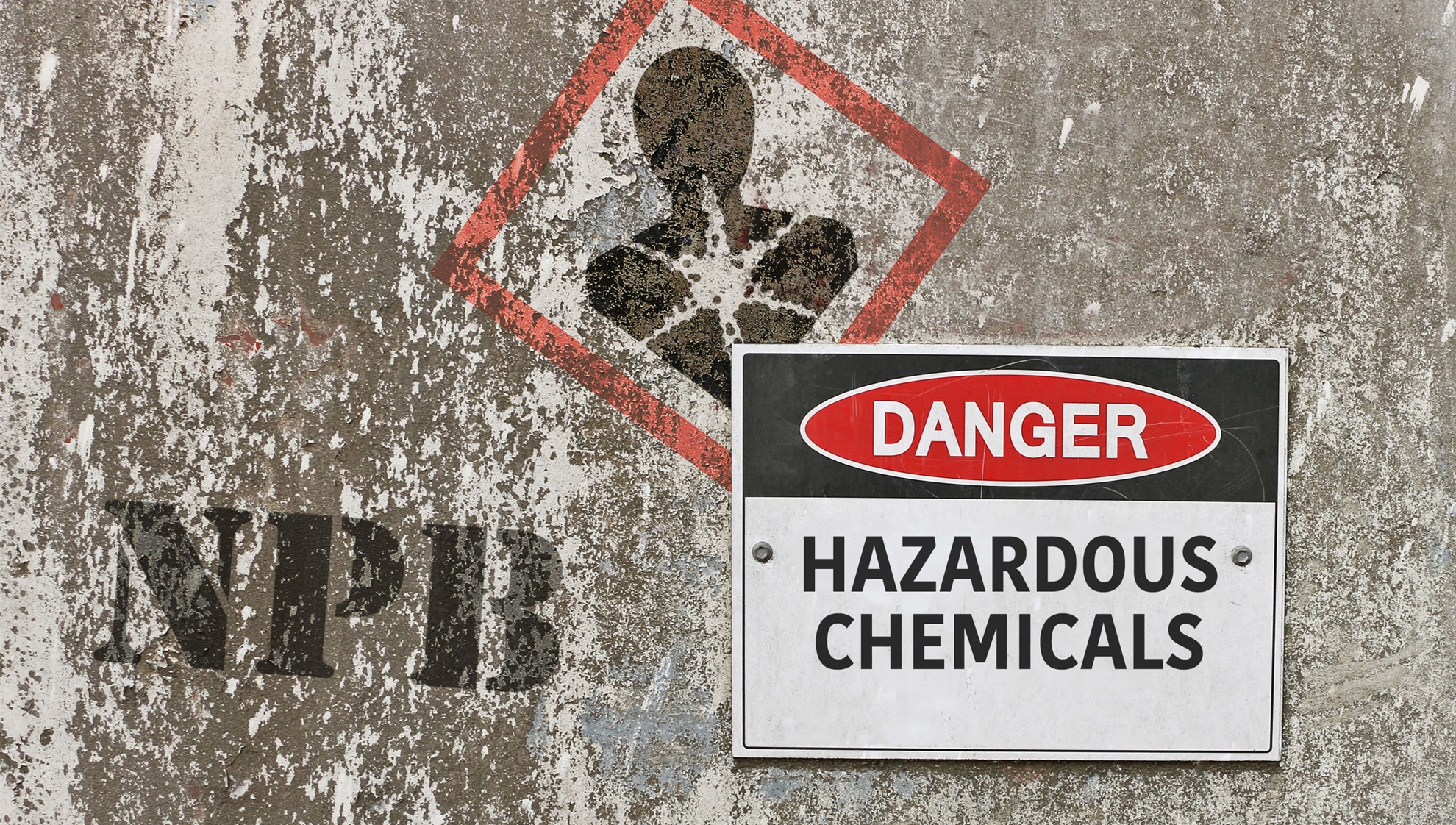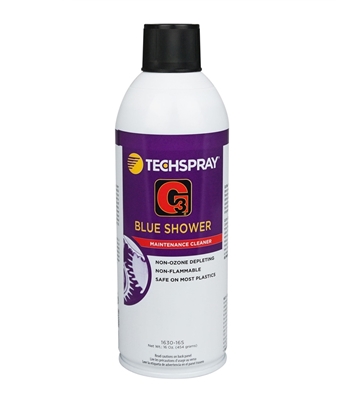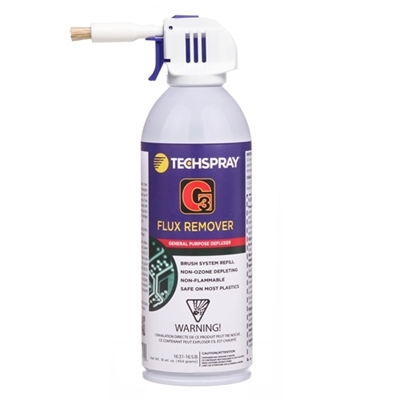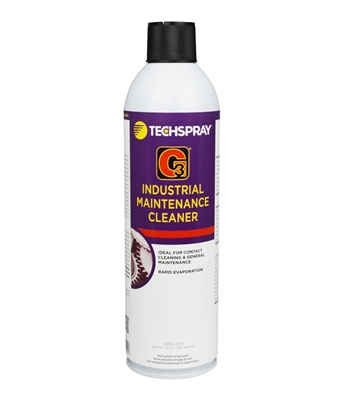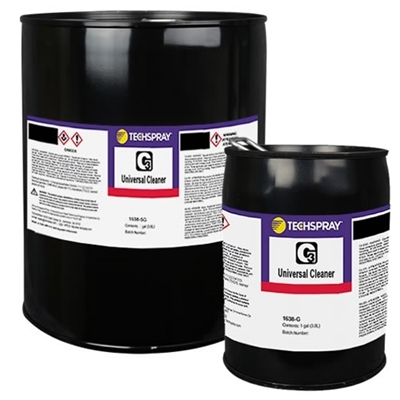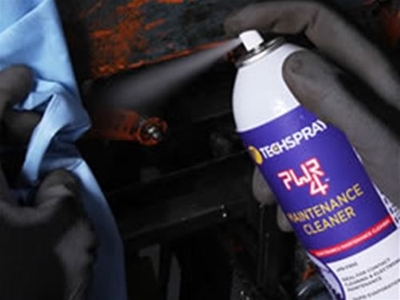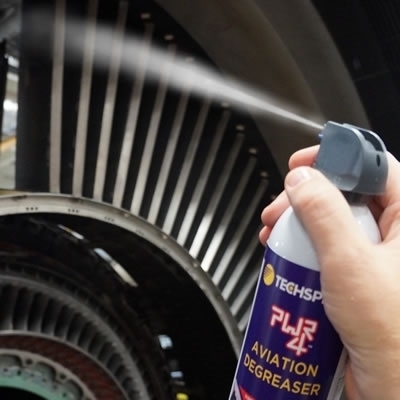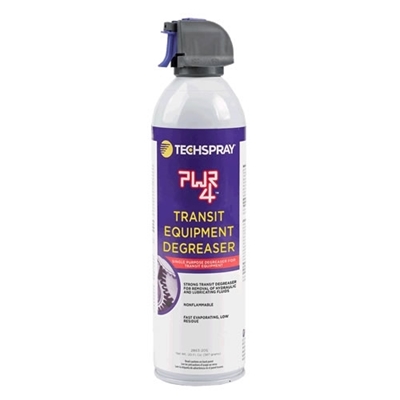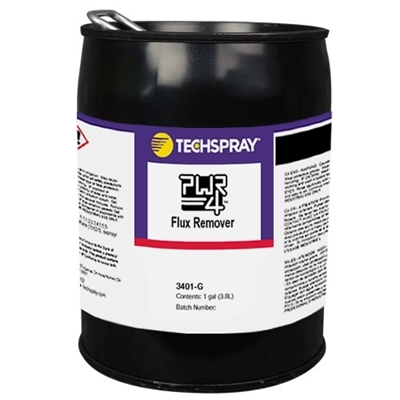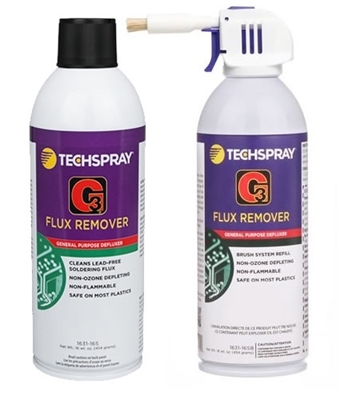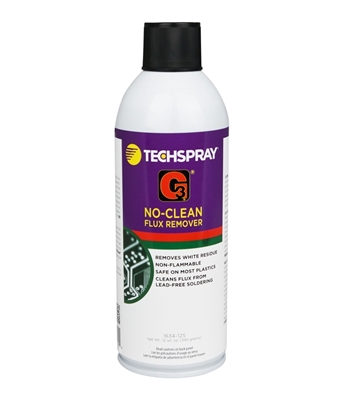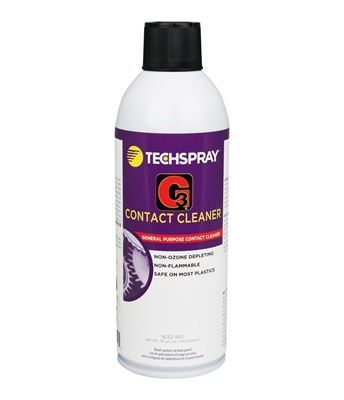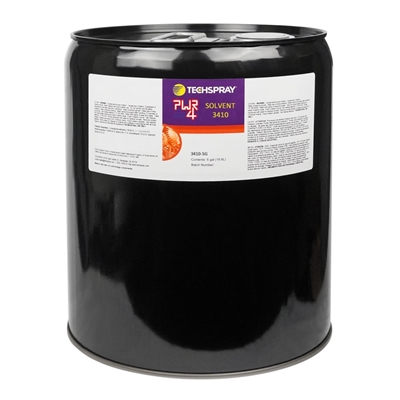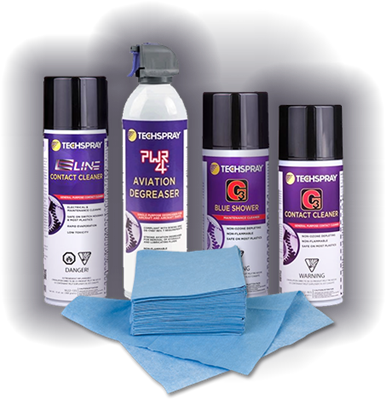August, 2020 – In the report “Nontechnical Summary of the Risk Evaluation for 1-Bromopropane (n-Propyl Bromide)”, the US Environmental Protection Agency (EPA) determined that the solvent “presents an unreasonable risk for 16 conditions of use.” Some of those conditions of use include:
- Industrial and consumer use for cleaning and degreasing
- Vapor degreasers – open-top and inline
- Cold cleaners
- Aerosol spray degreaser/cleaner
- Automotive degreasers -- i.e. for engines, brakes
This is the most direct, unambiguous statement against 1-Bromopropane (n-Propyl Bromide, nPB) from any national US regulatory agency to date, suggesting the sunset of its availability for degreasing is quickly approaching. This is considered the final statement on the safety of 1-Bromopropane (n-Propyl Bromide, nPB), so now the EPA has 2 years to establish requirements and restrictions, expected by late 2022.
However, no matter the legal standing of a particular chemical, the onus is on the organizations using solvents to select products carefully and equip their users to safely handle them. The lack of such knowledge and control can lead to employee ill health, downtime, and potential liability, no matter what the legal standing of a particular chemical.
The time is right to evaluate alternatives, and fortunately Techspray offers several substitutes without major trade-offs.
Techspray has engineered the PWR-4™ cleaning solvents to be safer replacements for 1-Bromopropane (n-Propyl Bromide, nPB) and other toxic solvents. PWR-4™ products are formulated with trans 1,2-dichloroethylene (trans-DCE) and do not contain nPB or any other hazardous air pollutants (HAP).
About 1-Bromopropane (n-Propyl Bromide, nPB)
1-Bromopropane (aka. n-Propyl Bromide, nPB. nPB, 1-BP, CAS 106-94-5) is a toxic chemical commonly used in industrial applications as aerosol cleaners, in vapor degreasers, ultrasonic cleaning equipment, and immersion (cold) cleaning. It is commonly used as a cleaner because it is nonflammable, has high solvency, and is relatively inexpensive.
During the phase-out of class I ODS in the 1990’s, 1-Bromopropane was relatively new to the US industry. 1-Bromopropane did not have a history of widespread use, so was not regulated. Its unregulated status made it an attractive alternative to the heavily regulated solvents like TCE, Perc and MeCl, with some formulators marketing it as a “safety solvent”.
Safety Concerns of 1-Bromopropane (n-Propyl Bromide, nPB)
In the document “Toxicological Profile for 1-Bromopropane” (August 2017), the Agency for Toxic Substances and Disease Registry of the US Dept. of Health and Human Services states:
“1-Bromopropane may have an effect on your nervous system (brain and nerves)… workers exposed to higher levels for weeks, months, or years have experienced severe effects requiring hospitalization, including incoordination, weakness, loss of feeling, inability to walk, and damage to nerves. Damage to the nervous system may not be reversible, resulting in long-term effects even after 1-bromopropane exposure is stopped.”
It goes on to reference negative effects shown in animal studies:
“… high 1-bromopropane exposure may damage the liver or kidney, decrease your ability to resist infection, or impair your ability to get pregnant (or get someone pregnant)… Based on the findings in animals, the American Conference of Industrial Hygienists (ACGIH) has assigned 1-bromopropane a classification of ‘A3 – Confirmed animal carcinogen with unknown relevance to humans” and the Department of Health and Human Services (DHHS) has classified 1-bromopropane as “reasonably anticipated to be a human carcinogen’.”
So the hazards of 1-Bromopropane (n-Propyl Bromide, nPB) are well established and accepted by the scientific community, but the relevance of animal studies to humans is a debate that has pushed the final verdict of nPB from years to decades.
There are cited examples in the industry where workers suffered major health effects when exposed to 1-Bromopropane. The following is a case reported to regional poison control centers in Pennsylvania (2007) by attending physicians who treated the affected worker and later investigated by federal and state health agencies.
“In 2007, a male aged 50 years visited an emergency department in Pennsylvania with a history of confusion, dysarthria [unclear speech], dizziness, paresthesias [tingling], and ataxia [loss of full body control] for 24--48 hours. The patient had worked for 8 years at an electronics plant in Pennsylvania, where for 3 years 1-BP [nPB] had been used to clean circuit boards by vapor and immersion degreasing… One week after the patient went to the emergency department, the Occupational Safety and Health Administration (OSHA) evaluated his workplace and found a 1-BP concentration of 178 ppm by short-term area air sampling… His peripheral neuropathy and ataxia persisted 1 year after the initial visit. The patient also reported having trouble maintaining mental focus and stopped working at the electronic plant because of continuing medical problems.”
While federal agencies have been slow in regulating nPB, CA OSHA has a PEL of 5ppm and listed it as a developmental/reproductive toxicant under Prop 65. Pennsylvania has included it on its hazardous substance list. ACGIH has listed the TLV for nPB as 10 ppm, but there is a proposal to decrease it to 0.1 ppm. Comparable to TCE, PCE, and MeCl in toxicity, nPB has been determined by the National Toxicity Program (NTP) as “reasonably anticipated to be a human carcinogen.”
The Search for 1-Bromopropane (n-Propyl Bromide, nPB) Replacements
To summarize, 1-Bromopropane (n-Propyl Bromide, nPB) has 1) been shown to cause multitudinous health problems in animal studies, 2) worker safety issues have caused some documented harm, 3) threshold value limits have been set well below achievable minimums, and 4) the EPA has stated unequivocally that nPB should not be used for degreasing of any kind. Whether the EPA actually bans nPB in the next 2 years is nearly immaterial. Effective alternatives for nPB are readily available, so why not make the switch?
The following are key characteristics of 1-Bromopropane (n-Propyl Bromide, nPB) that are needed in a viable alternative:
- Nonflammable
- High solvency of oils and greases
- Non-ozone depleting
- Economical – a relative term, but cost has been the major factor keeping nPB on the market.
Techspray has engineered the PWR-4™ cleaning solvents to be safer replacements for n-propyl bromide and other toxic solvents. PWR-4™ is formulated with trans 1,2-dichloroethylene (trans-DCE) and does not contain 1-Bromopropane (n-Propyl Bromide, nPB) or any other hazardous air pollutants (HAP). PWR-4 high performance solvent cleaners are nonflammable, have powerful cleaning action, are non-ozone depleting, and are reasonably priced compared to nPB.
PWR-4 high performance cleaners include:
- PWR-4 Industrial Maintenance Cleaner (part #3400) – The aerosol blasts away oil and contaminants from contacts, printed circuit boards, barcode instruments, switch boxes, gear boxes, and electronic motor controllers. Grease and oil flow right off, reducing the time and materials needed to scrub. Bulk liquid packaging is available for vapor degreasing, ultrasonic cleaning, and immersion (cold) cleaning.
- PWR-4 Flux Remover (part #3401) – This innovative solvent is much safer than nPB and quickly cleans the most difficult baked-on R, RMA & no-clean fluxes from electronic assemblies. It is engineered to remain stable and effective over thousands of cycles in vapor degreasing equipment.
- PWR-4 Aviation Degreaser (part #2851-20S) – A aerosol degreaser with a specially engineered strong grease removal property suitable for hydraulic fluids, fuel oils, lubricating oils and greases, and other organic residues. PWR-4 Aviation Degreaser spray features a powerful, long-reaching spray to clean hard-to-reach parts from as far as 10 feet. It is fast evaporating, quick penetrating, and ideal for cleaning aviation parts.
- PWR-4 Transit Degreaser (part #2863-20S) - Single purpose aerosol degreaser, with strong removal ability of oxidized hydraulic fluids, carbonized oils and fuels, lubricating oils and greases, and other organic residues. It is fast evaporating, quick penetrating, and ideal for cleaning heavily soiled parts.
For technical help in the selection and qualification process, contact Techspray at 800-858-4043 or info@itwcce.com. More information is available at www.techspray.com.
-------
Sources:
EPA, “Nontechnical Summary of the Risk Evaluation for 1-Bromopropane (n-Propyl Bromide)”, Aug. 2020 - https://www.epa.gov/sites/production/files/2020-08/documents/1-bromopropane_final_risk_evaluation_nontech_summary_1bp_73020_v3.pdf
US Dept. of Health and Human Services, Agency for Toxic Substances and Disease Registry, “Toxicological Profile for 1-Bromopropane”, August 2017 - https://www.atsdr.cdc.gov/ToxProfiles/tp209.pdf
TURI, “Massachusetts Chemical Fact Sheet: n-Propyl Bromide”, http://www.turi.org/TURI_Publications/TURI_Chemical_Fact_Sheets/n-Propyl_bromide/n-Propyl_bromide_Fact_Sheet
NTP, “Report on Carcinogens, Thirteenth Edition: 1-Bromopropane”, http://ntp.niehs.nih.gov/ntp/roc/content/profiles/bromopropane.pdf
EPA, “Petition To Add n-Propyl Bromide to the List of Hazardous Air Pollutants”, Feb. 2015, https://www.federalregister.gov/articles/2015/02/06/2015-01705/petition-to-add-n-propyl-bromide-to-the-list-of-hazardous-air-pollutants
